Best Sprite Animation Software in 2025 for Game Art and Character Design
Sprite animation software continues to thrive, offering an impressive array of powerful tools for game developers and artists. Whether you’re a beginner learning the art of pixel creation or a seasoned pro crafting stunning animations, the right software is crucial for bringing your characters and game art to life. From precise 1-bit editors to sophisticated animation features, these tools are designed to help create smooth, high-quality animations that enhance the gaming experience.
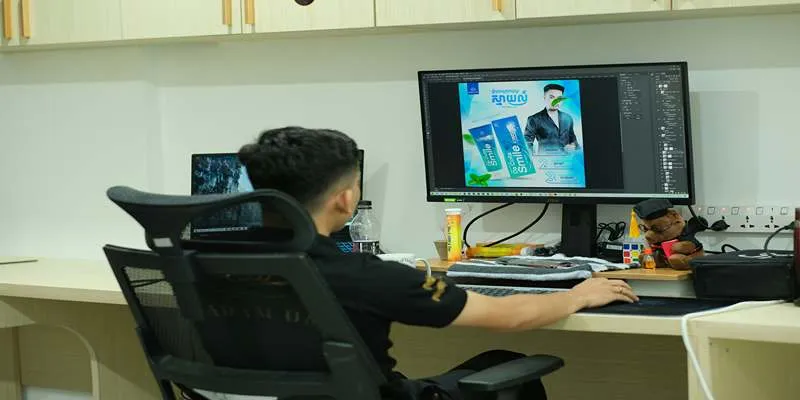
Aseprite – The Industry Standard for Pixel Art Animation
Comprehensive Animation Features
Aseprite is a beloved tool in the pixel art community, renowned for its robust animation features. It includes utilities like onion skinning, real-time playback, and excellent frame control, making it ideal for creating smooth and intricate pixel animations. This software allows artists to fine-tune each frame for seamless motion, making it a favorite among indie developers and professionals. Aseprite’s straightforward interface further supports easy animation creation, offering user-friendly workflows without overwhelming complexity.
User-Friendly Interface
Despite its comprehensive capabilities, Aseprite maintains a user-friendly interface suitable for all skill levels. The workspace is customizable, allowing users to arrange tools to their liking. Features like easy layer control and shortcut customization simplify the animation process. Beginners can quickly grasp its functionality thanks to its intuitive design and helpful tutorials. This simplicity, combined with a rich set of animation tools, has made Aseprite a staple in the pixel art animation world.
Extensive Export Options
Aseprite supports a wide range of export formats, including PNG, GIF, and sprite sheets, facilitating seamless integration with game engines and other platforms. This versatility makes it suitable for diverse game development projects, from mobile apps to desktop games. Exporting pixel art is straightforward, ensuring a smooth animation process from start to finish. Combined with its superior animation tools, Aseprite is a must-have for developers and artists prioritizing high-quality animations and efficient workflows.
Piskel – Free and Accessible Online Sprite Editor
Get Preview and Onion Skinning
Piskel makes it easy for artists to visualize and refine animations. These features enable users to review their work frame by frame, ensuring smooth transitions and consistency. The onion skinning feature helps track previous and upcoming frames, making it invaluable for creating fluid and well-paced animations.
Cloud-Based Convenience
As a cloud-based tool, Piskel offers the convenience of working from any device with an internet connection. Users can save progress and access projects from anywhere, making it excellent for collaborative work. This cloud-based nature eliminates the need for installation or maintenance, providing a hassle-free experience. Seamless device-switching offers flexibility in managing and editing sprite animations, beneficial for artists juggling multiple projects or needing to share work quickly with teammates.
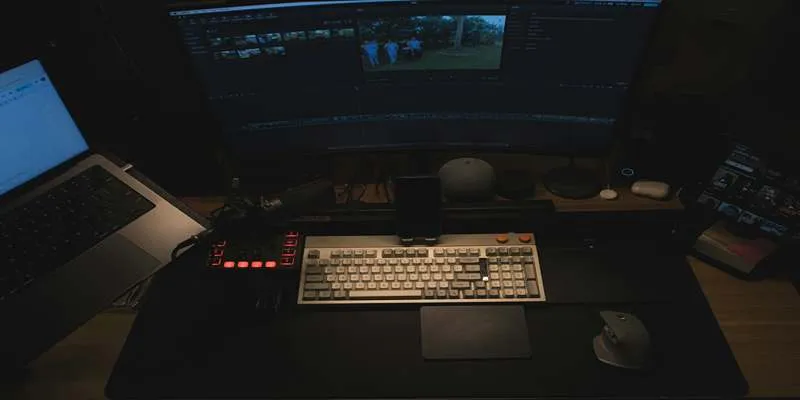
Community and Resource Sharing
Piskel’s online community enhances the user experience with a wealth of shared resources, including tutorials, pixel art assets, and example projects. New users can leverage this rich library to jumpstart their animations, while experienced artists can share and collaborate on projects. Piskel’s community- driven nature makes it not only a tool but a hub for learning and growth.
Pixelmash – Innovative Pixel Art and Animation Tool
High-Resolution to Pixel Conversion
Pixelmash introduces a unique feature allowing artists to convert high- resolution images into pixel art seamlessly. This is particularly useful for artists transitioning from traditional digital techniques to pixel-based animation. Pixelmash’s intuitive conversion process ensures high-quality images are preserved while simplifying the shift to pixel art.
Non-Destructive Editing
Pixelmash’s non-destructive editing is a major advantage for artists wanting flexibility while working on pixel art. This feature allows changes without permanently altering the original artwork, encouraging experimentation and refinement. It promotes creativity, as artists can adjust designs without fear of irreversible mistakes.
Layer-Based Workflow
Pixelmash’s layer-based workflow supports complex animations by enabling artists to work on individual elements separately. This is crucial for creating intricate pixel art, ensuring each component can be manipulated independently, from character sprites to backgrounds. Layers help organize work, reduce mistakes, and streamline the animation process.
SpriteMancer – Advanced Sprite Animation and Visual Effects
Integrated Particle and Fluid Systems
SpriteMancer’s integrated particle and fluid systems allow artists to create dynamic effects like fire, smoke, and explosions within animations. These advanced features add realism and depth, making animations stand out in both indie and professional game development. Artists can manipulate particles and fluids to create natural effects that complement character designs and environments.
3D Model Conversion to Pixel Art
One of SpriteMancer’s standout features is converting 3D models into pixel art. This innovative capability bridges the gap between 3D modeling and 2D pixel art, allowing artists to achieve complex designs with the charm of pixel art and the richness of 3D elements.
Node-Based Animation System
SpriteMancer’s node-based animation system offers a visual approach to animation creation. Users can connect elements and control behavior through a visual interface, simplifying complex animations. This system allows for precise customization, ideal for developers needing detailed adjustments.
Conclusion
Choosing the right sprite animation software is crucial for creating engaging game art and character designs. In 2025, tools like Aseprite, Piskel, Pixelmash, and SpriteMancer offer diverse features catering to different expertise levels and artistic needs. Whether you need powerful pixel animation capabilities, flexible workflows, or advanced visual effects, these programs provide the tools to enhance your creative process. With these options, game developers and artists can elevate projects and bring unique visions to life, ensuring high-quality animations and seamless game integration.
Related Articles
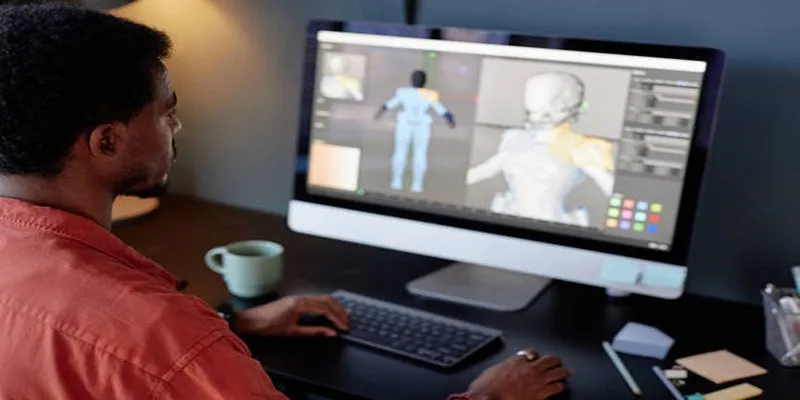
5 Best Free Stop Motion Apps for Beginners and Pros
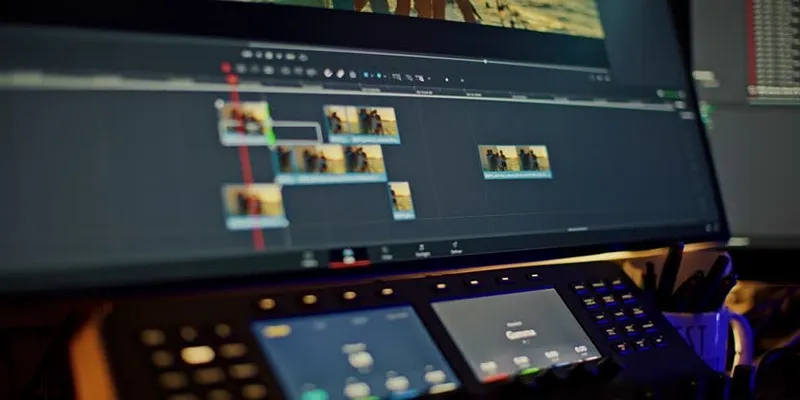
Master the Art of Stop Motion in iMovie Step by Step

The 8 Best To-Do List Apps for Android in 2025
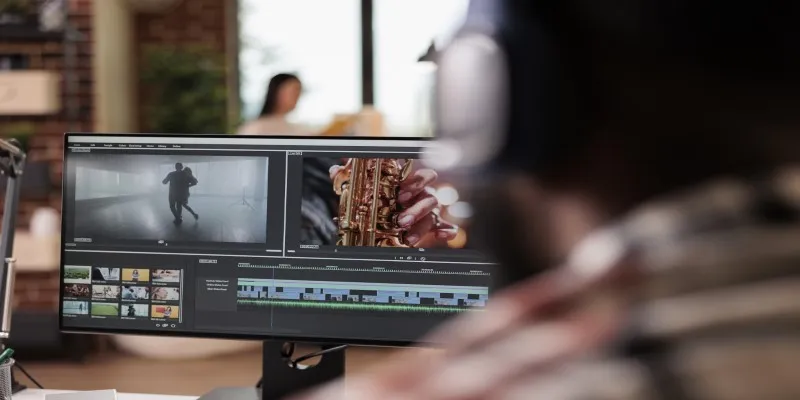
10 Best Free Video Editing Tools to Make Social Media Videos Stand Out
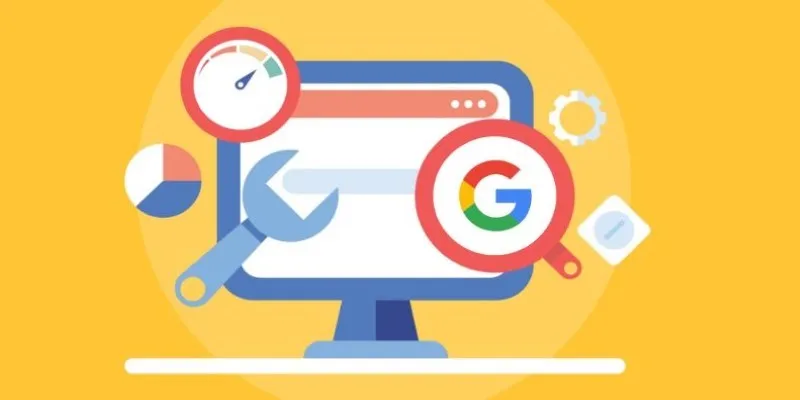
Transform Your Workflow with 5 Free Tools: Boost Productivity
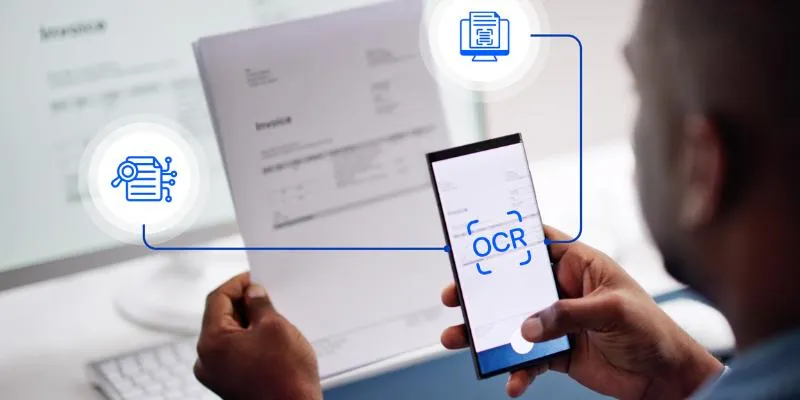
Top 5 Mobile Scanning and OCR Software to Use in 2025
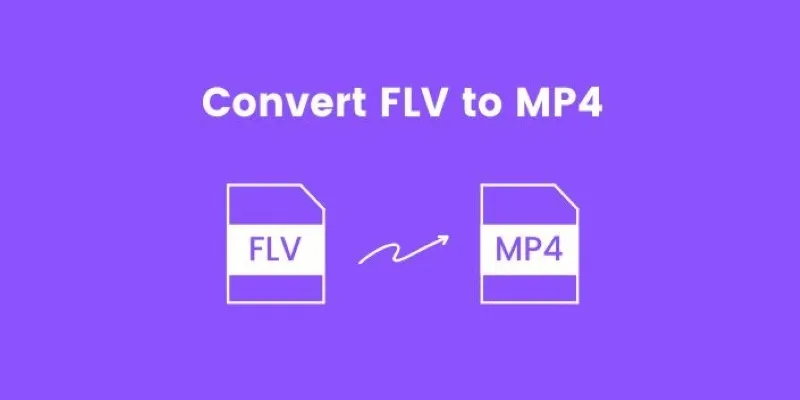
How to Convert FLV to MP4 for Free: Top Tools and Easy Methods

OBS Screen Recorder Review: Is It the Ultimate Tool for Your Needs?
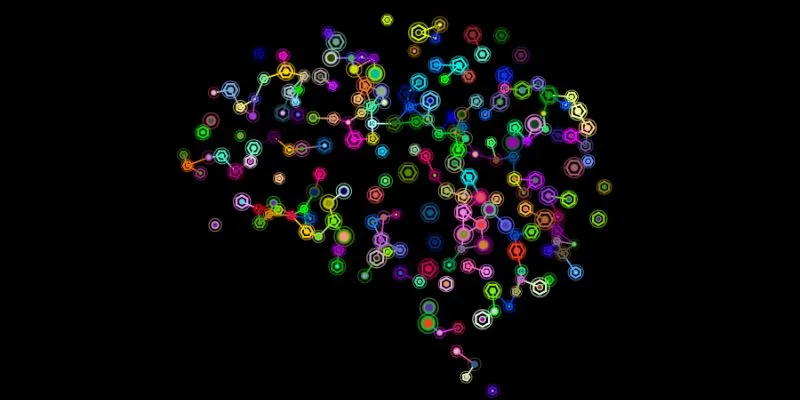
The Future of Creativity: The 9 Best Brainstorming Tools in 2025
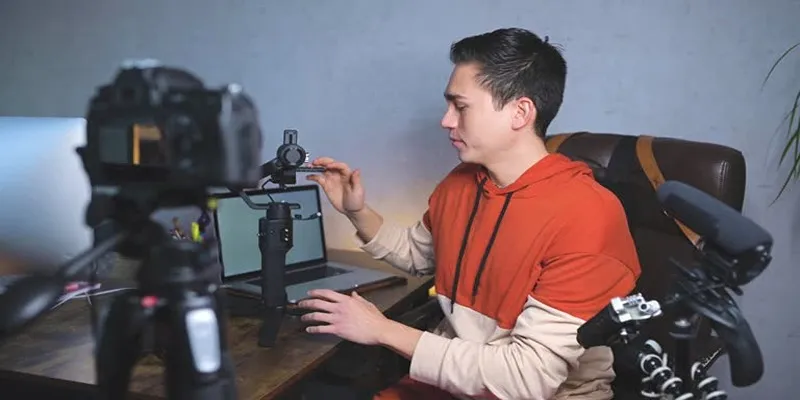
Top 5 Free Video Enhancers to Instantly Boost Video Quality

Wave vs. QuickBooks: Which Accounting Software Should You Choose?
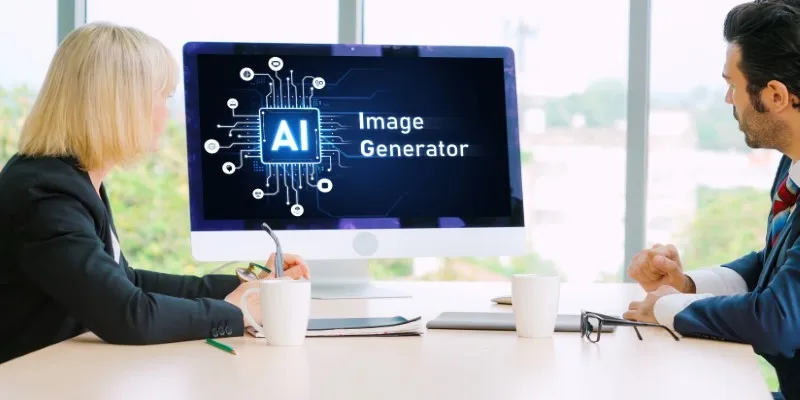
Unlocking Creativity: The Best Free AI Tools for Image Generation
Popular Articles
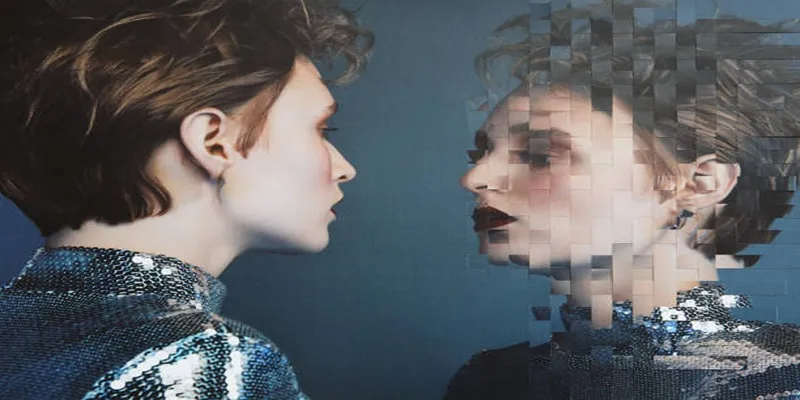
Simple Steps to Fix Pixelated and Grainy Videos on Windows
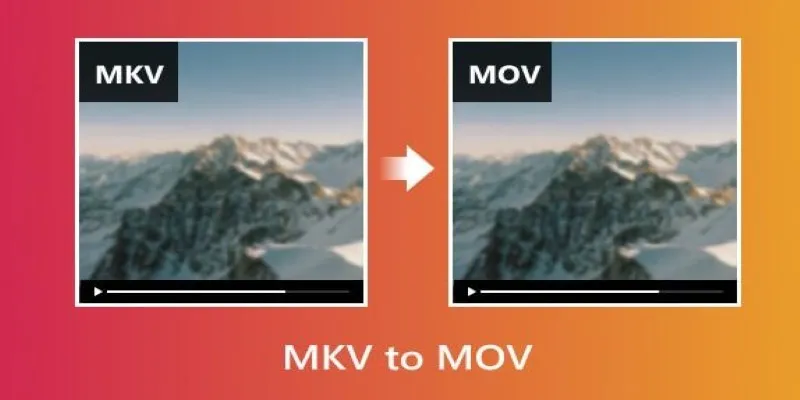
Convert MKV to MOV with These 2025 Online Tools
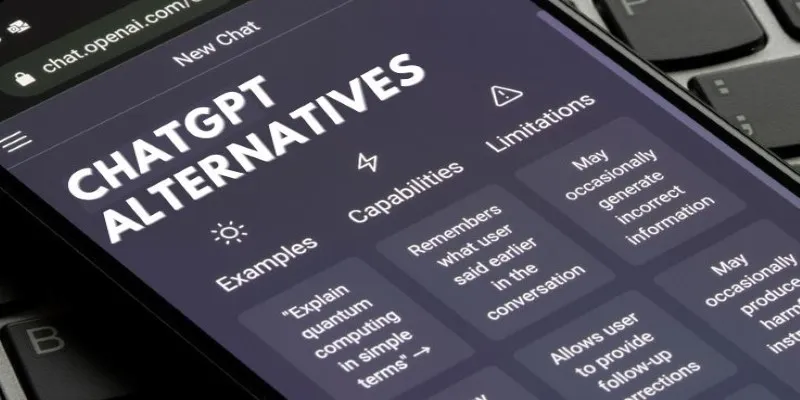
Free AI Chatbots Compared: 5 Alternatives to ChatGPT
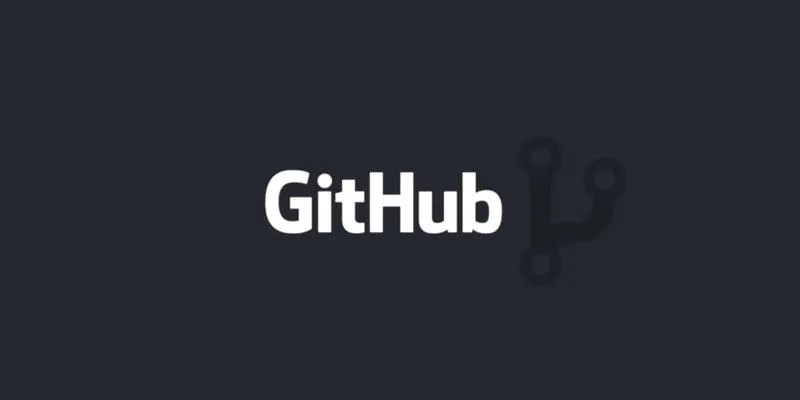
How to Push Code to GitHub: A Step-by-Step Guide
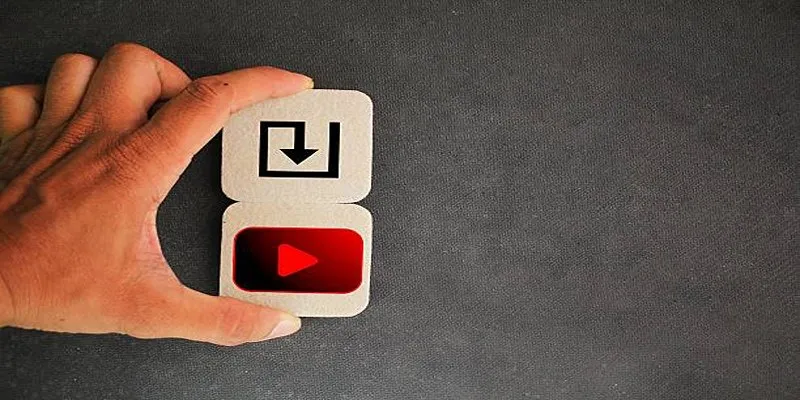
How to Upload iMovie Videos to YouTube in 7 Easy Steps
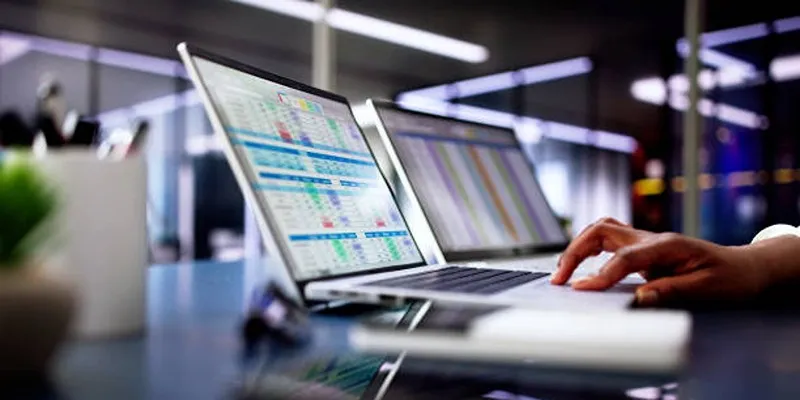
WordPress Best Practices for Opening Links in New Windows or Tabs
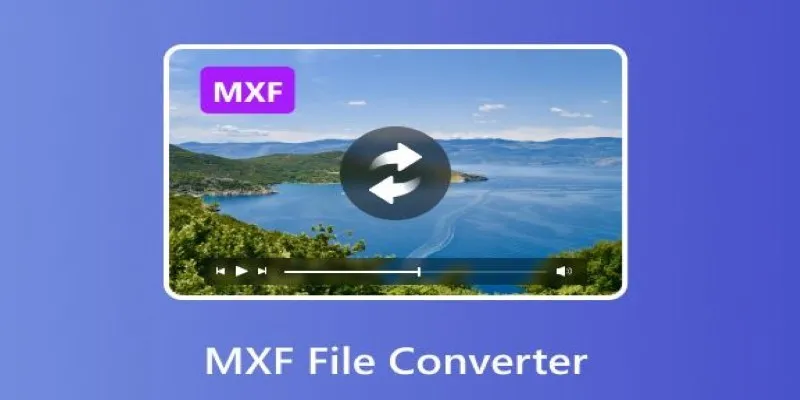
Convert MXF Files Without Quality Loss: 5 Tools for Mac

Step-by-Step Guide to Adding Captions to Instagram Reels

How to Use Postman for API Testing: A Complete Getting Started Guide
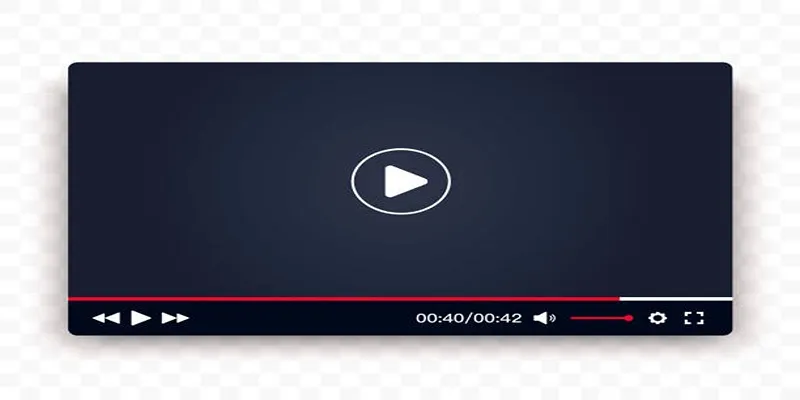
Top 10 Video Players for Windows and Mac in 2025
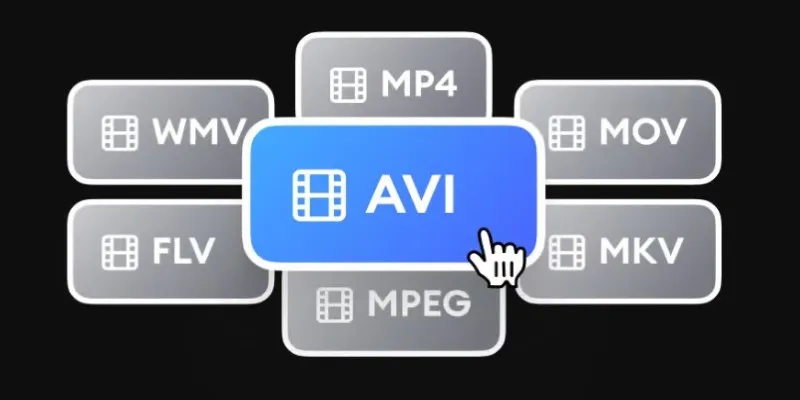
Convert Videos for iRiver: MP4, WMV, AVI, and FLV Explained
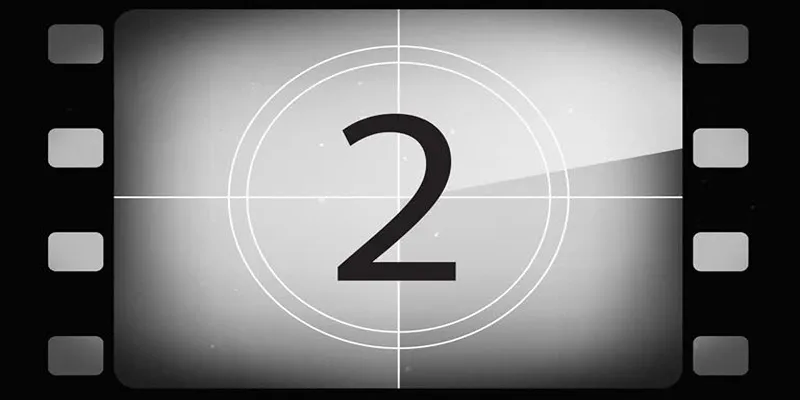
 mww2
mww2